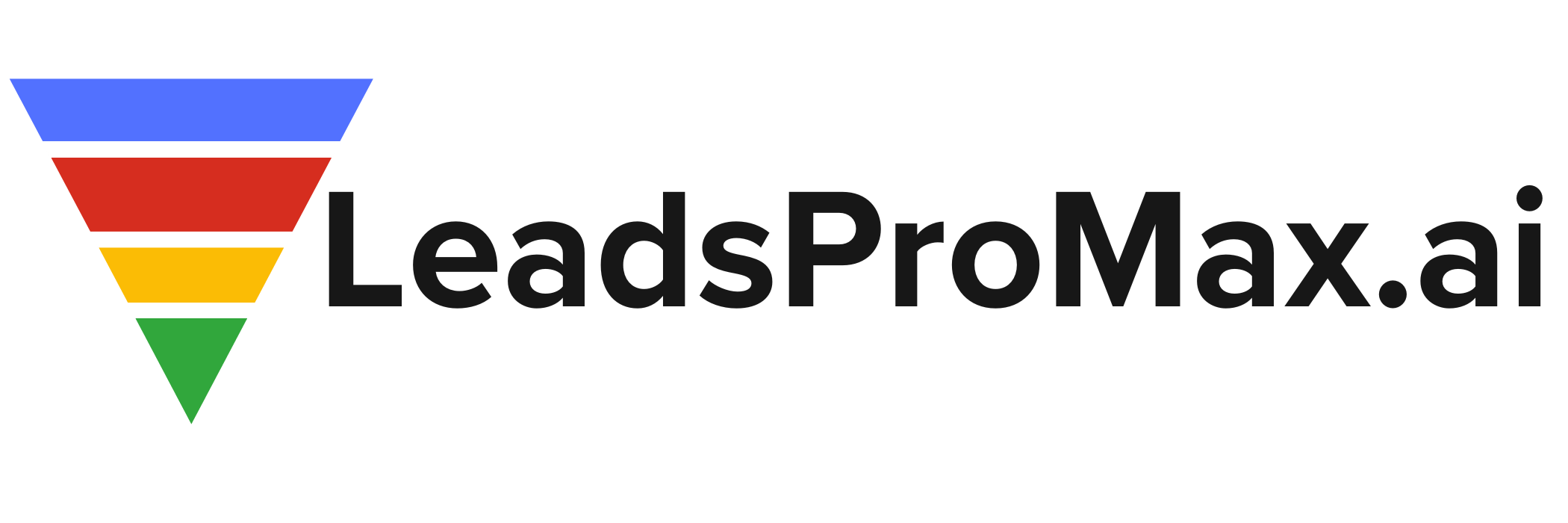Smart Procurement in Manufacturing: Embracing AI and Predictive Analytics for Cost Reduction and Risk Mitigation
In the fast-paced world of manufacturing, staying ahead of the curve is crucial for success. As companies strive to optimize their operations and maintain a competitive edge, the procurement process has emerged as a key area for transformation. With the advent of artificial intelligence (AI) and predictive analytics, manufacturers are revolutionizing their procurement strategies, reducing costs, and mitigating supplier risks like never before.
The Power of AI in Procurement
AI is no longer a futuristic concept; it is a reality that is transforming the procurement landscape in manufacturing. By leveraging the power of AI, companies can automate routine tasks, enhance decision-making, and identify cost-saving opportunities. AI algorithms analyze vast amounts of historical data, uncovering patterns and predicting future trends. This enables procurement teams to make proactive decisions, anticipate market changes, and optimize their strategies accordingly.
One of the most significant benefits of AI in procurement is its ability to **predict potential supply chain disruptions**. By analyzing real-time data from various sources, such as weather reports, geopolitical events, and supplier performance metrics, AI can identify potential risks and alert procurement teams to take preventive measures. This proactive approach allows manufacturers to develop contingency plans, secure alternative suppliers, and ensure a smooth flow of materials, minimizing the impact of disruptions on production schedules and customer deliveries[1][2].
Predictive Analytics: Driving Cost Reduction and Efficiency
Predictive analytics, a subset of AI, plays a pivotal role in optimizing procurement spend and improving operational efficiency. By analyzing spending patterns, identifying anomalies, and forecasting demand, predictive analytics helps manufacturers make data-driven decisions that lead to significant cost savings.
For instance, AI-powered tools can **analyze historical purchase data** to identify areas where the company may be overspending or missing out on volume discounts. By identifying these opportunities, procurement teams can negotiate better deals with suppliers, consolidate purchases, and streamline their procurement processes. Moreover, predictive analytics can help optimize inventory levels, reducing the risk of stockouts or excess inventory, which translates to lower carrying costs and improved cash flow[1][3].
In addition to cost reduction, AI tools streamline procurement workflows, eliminating manual errors and improving cycle times. By automating repetitive tasks, such as purchase order creation and invoice processing, AI frees up procurement professionals to focus on strategic initiatives and supplier relationship management. This increased efficiency not only saves time and resources but also **enhances the overall agility and responsiveness** of the procurement function[3][5].
Mitigating Supplier Risks with AI
Supplier risk management is a critical aspect of procurement, and AI is revolutionizing the way manufacturers assess and mitigate risks. Traditional methods of supplier evaluation, such as manual audits and periodic assessments, often fail to capture the dynamic nature of supplier performance. AI, on the other hand, enables real-time monitoring and analysis of supplier data, providing procurement teams with a comprehensive view of supplier performance and potential risks.
By leveraging AI algorithms, manufacturers can continuously assess supplier performance across various metrics, such as quality, delivery, and compliance. This real-time monitoring allows procurement teams to **identify potential issues before they escalate**, enabling proactive communication with suppliers and timely corrective actions. Additionally, predictive analytics can provide insights into supplier financial stability, regulatory compliance, and geopolitical risks, helping manufacturers make informed decisions about their supplier partnerships[1][4].
The Integration of Smart Procurement Technologies
The power of AI in procurement is further amplified when combined with other emerging technologies, such as the Internet of Things (IoT) and blockchain. IoT devices, such as sensors and RFID tags, provide real-time data on inventory levels, shipment tracking, and equipment performance. This data, when analyzed by AI algorithms, enables manufacturers to optimize their supply chain operations, reduce waste, and improve overall efficiency[3].
Blockchain technology, on the other hand, brings transparency and security to procurement transactions. By creating an immutable and transparent ledger of all procurement activities, blockchain ensures the integrity of data and reduces the risk of fraud or tampering. AI-powered platforms that integrate blockchain technology offer a secure and efficient way to manage supplier contracts, track payments, and ensure compliance with regulations[3].
The Future of Procurement: Embracing AI for Strategic Decision-Making
As AI and predictive analytics continue to evolve, the future of procurement in manufacturing looks promising. Companies that embrace these technologies will gain a significant competitive advantage, as they will be able to make faster, more accurate, and data-driven decisions.
However, the true potential of AI in procurement lies in its ability to **move beyond basic automation and cost reduction**. As AI algorithms become more sophisticated, they will enable procurement teams to focus on strategic decision-making, such as supplier innovation, risk mitigation, and value creation. By leveraging predictive analytics, manufacturers can anticipate market trends, identify new opportunities, and develop long-term strategies that drive business growth[4].
To fully realize the benefits of AI in procurement, manufacturers must invest in the right technologies, talent, and processes. This requires a cultural shift towards data-driven decision-making and a willingness to embrace change. Procurement professionals will need to upskill and acquire new competencies in data analytics, AI, and strategic sourcing. Additionally, companies must establish robust data governance frameworks to ensure the quality and security of procurement data[5].
Conclusion
The integration of AI and predictive analytics in procurement is no longer a choice but a necessity for manufacturers striving to remain competitive in today’s dynamic business landscape. By leveraging these technologies, companies can reduce costs, mitigate supplier risks, and drive operational efficiency. As the procurement function evolves from a transactional role to a strategic one, embracing AI will be the key to unlocking new opportunities and driving long-term success.
So, if you’re a manufacturing professional looking to transform your procurement processes, now is the time to explore the potential of AI and predictive analytics. Start by assessing your current procurement strategies, identifying areas for improvement, and investing in the right technologies and talent. By doing so, you’ll be well on your way to building a smart, agile, and resilient procurement function that can withstand the challenges of the future.
#SmartProcurement #AIinManufacturing #PredictiveAnalytics
-> Original article and inspiration provided by ReviewAgent.aiGuest Contributor
-> Connect with one of our AI Strategists today at ReviewAgent.ai

